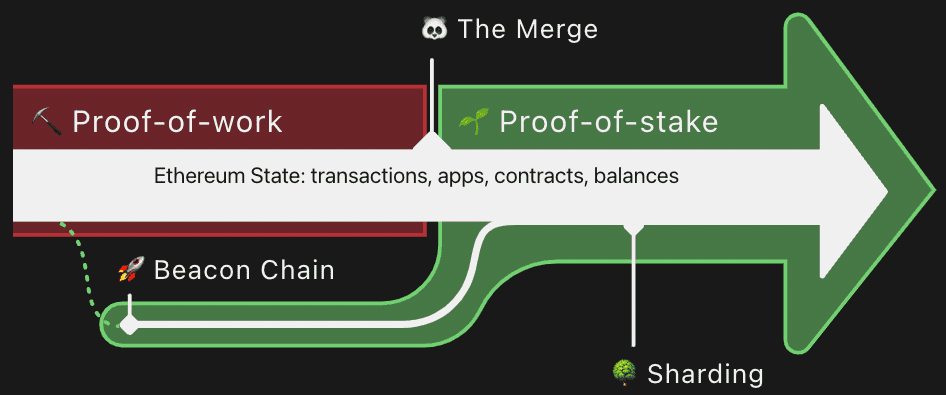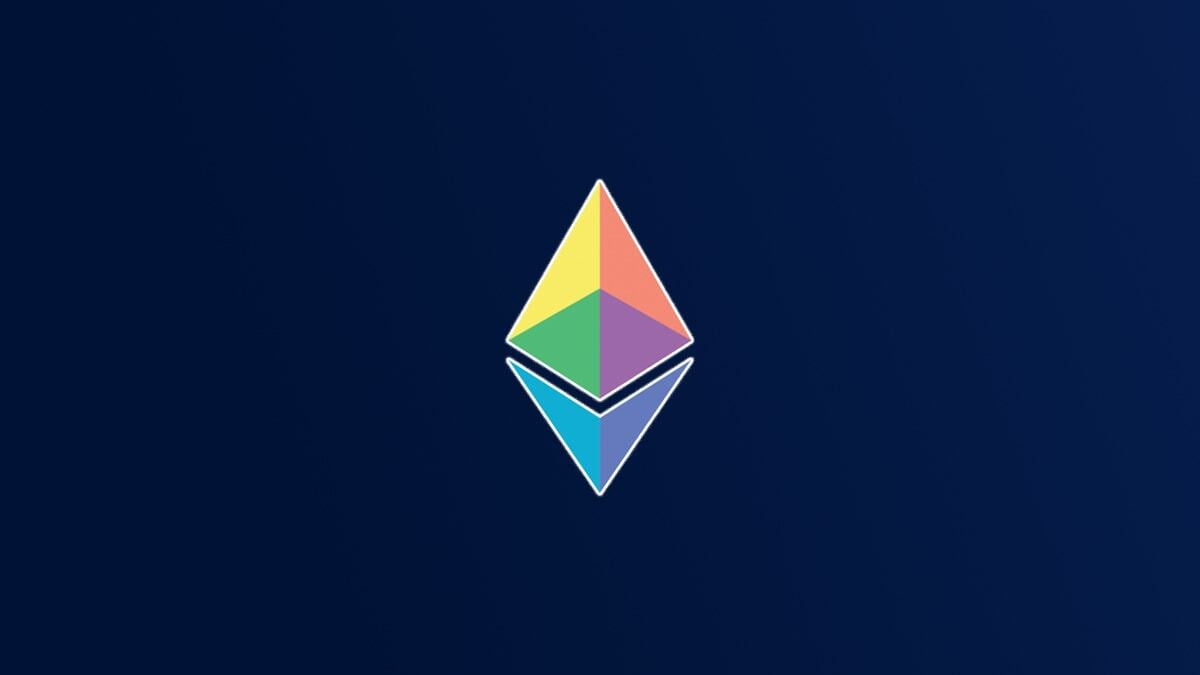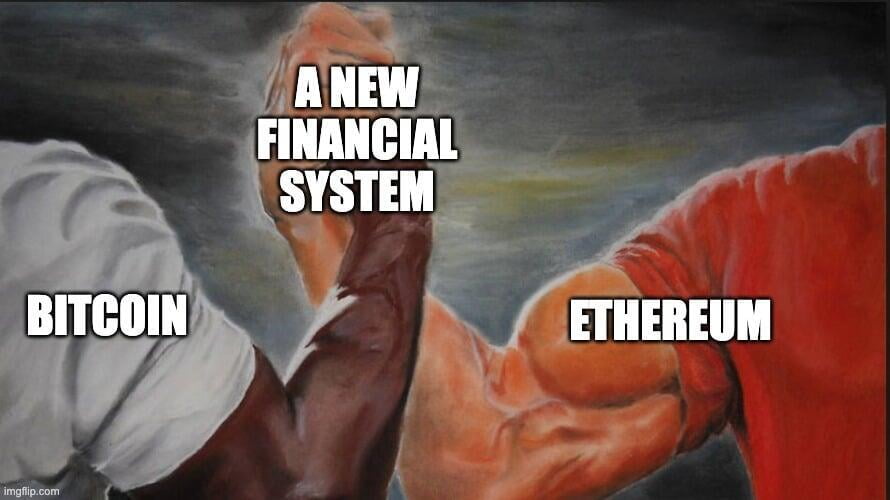
What is the Merge?
What is the Merge?
The merge is simply a transition away from validating blocks via a Proof-of-Work consensus mechanism towards a Proof-of-Stake consensus model, we will explain what these consensus models are later in the article. The reason it's called "The Merge" is best explained by the Ethereum Foundation themselves, "The Merge represents the official switch to using the Beacon Chain as the engine of block production. Mining will no longer be the means of producing valid blocks. Instead, the proof-of-stake validators assume this role and will be responsible for processing the validity of all transactions and proposing blocks."
In essence since December 1st 2020 the Beacon Chain was created, which has since existed as a separate blockchain to Mainnet (the Ethereum blockchain we are using today), running in parallel.
The Beacon Chain has not been processing Mainnet transactions. Instead, it has been reaching consensus on its own state by agreeing on active validators and their account balances. This Beacon Chain can be visualised as a highway running in parallel to another highway and "The Merge" is when they transition into the one road.

*A handy infographic has been designed by the Ethereum Foundation highlighting how this transition works*
What is a consensus mechanism and why is it important?
What is a consensus mechanism and why is it important?
What is Proof of Work (PoW)?
What is Proof of Work (PoW)?

Proof-of-Work Benefits
Proof-of-Work Benefits
Proof-of-Work Disadvantages
Proof-of-Work Disadvantages
What is Proof of Stake (PoS)?
What is Proof of Stake (PoS)?
Whenever someone is willing to pay you interest/yield you must (as a sensible investor) find out how that yield is generated. If you don't understand where it comes from and you invest you are opening yourself up to unacceptable risk. Moreover, you ARE the yield if the money you deposit is actually going to someone else.
Bernie (The Ponzi King) Madoff
Bernie (The Ponzi King) Madoff

Proof-of-Stake Benefits
Proof-of-Stake Benefits
Proof-of-Stake Disadvantages
Proof-of-Stake Disadvantages
Wrapping Up
Wrapping Up

No Advice Warning
Disclaimer
All statements made in this newsletter are made in good faith and we believe they are accurate and reliable. Stormrake does not give any warranty as to the accuracy, reliability or completeness of information that is contained here, except insofar as any liability under statute cannot be excluded. Stormrake, its directors, employees and their representatives do not accept any liability for any error or omission in this newsletter or for any resulting loss or damage suffered by the recipient or any other person. Unless otherwise specified, copyright of information provided in this newsletter is owned by Stormrake. You may not alter or modify this information in any way, including the removal of this copyright notice.Copyright © 2022 Stormrake Pty Ltd, All rights reserved


